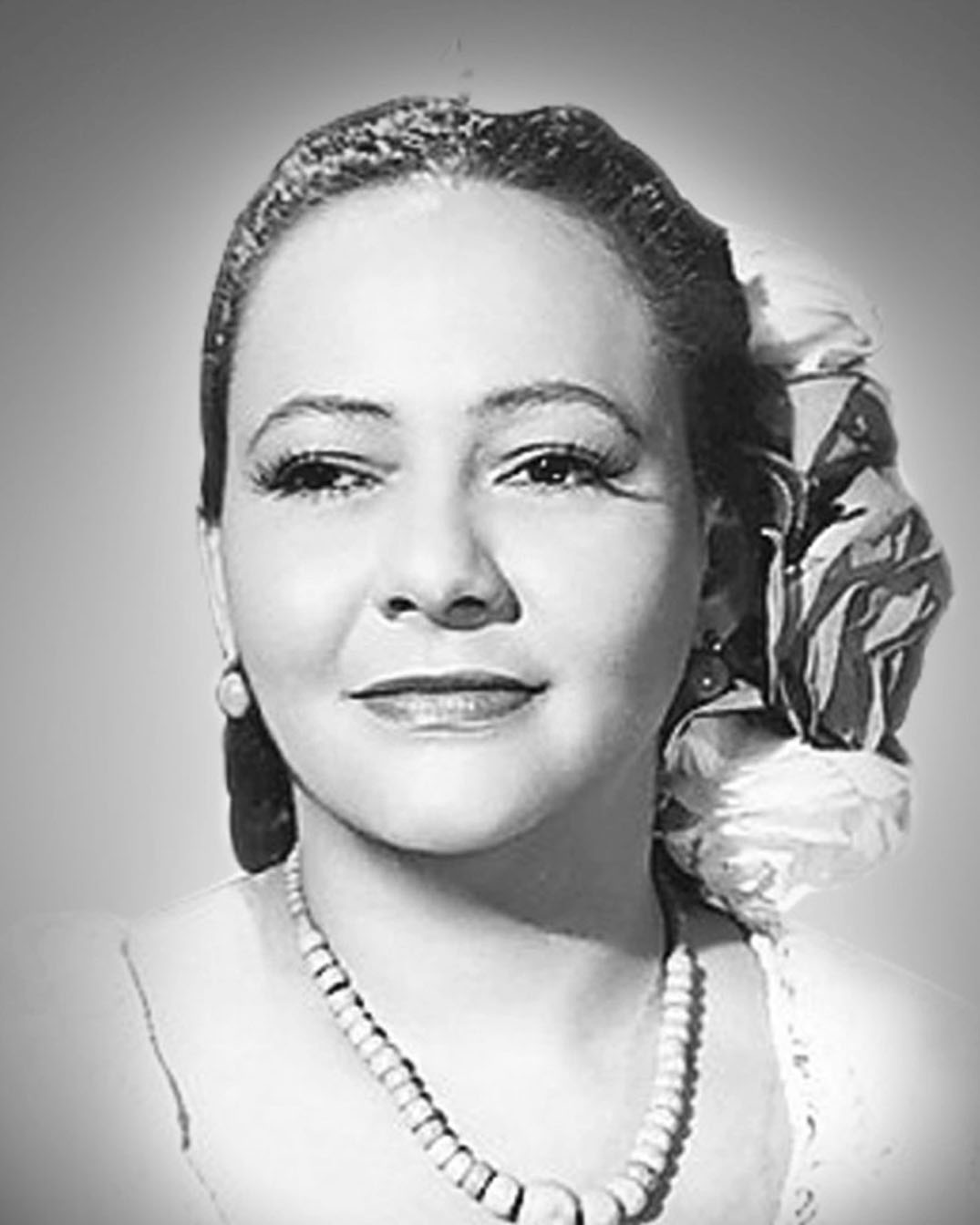Toña la Negra is one of Mexico's most beloved singers - an Afro-Mexican artist known for her interpretation of boleros and canciones written by Agustín Lara, who wrote "Enamorada" and "Lamento Jarocho" especially for her to sing.
Born Antonia del Carmen Peregrino Álvarez in Veracruz into a family of musicians on the Gulf Coast of Mexico, Toña received no formal musical training, but she had been gifted with a singing voice that was smooth, rich, and deep like maple syrup. She began singing as a child at informal social gatherings, with family and at church, then at music competitions and carnivals.
In 1932, at the age of 20, she moved with her husband and child to Mexico City. Whilst singing on the club circuit, particularly at a place called "El Retiro," that was considered the 'hip place' to listen to boleros in Mexico City, she was discovered by the star-maker of the day, radio station XEW.
Around this time, Agustín Lara heard her for the first time. Imagine the moment: a young talented Lara, sitting in the audience with magic emanating from his pianist fingertips. On stage a young, vital Toña la Negra, modest, not yet very well known, comes out and begins to sing. Lara is amazed, overwhelmed by the power and beauty of her voice. Instantly, he knows he has to compose for her.
One account of their meeting tells how Lara sat transfixed upon hearing Toña for the first time as she sang his song ‘Enamorada’. Merely days later, he composed the trenchant ‘Lamento Jarocho’ to be recorded specifically by her as an homage to the people of her coastal hometown.
From that point on, they began a collaboration that would last for decades. In addition to producing “Lamento Jarocho” just for her, Lara produced her renditions of “Veracruz,” “Noche Criolla,” “Oración Caribe,” “Palmera,” “La Clave Azul,” and “La Cumbancha,” all of which became enormous successes.
Rafael Figueroa, a Veracruz writer who wrote a book on her, says Lara found his muse in Toña. Se became the vehicle for his musical exploration of the black contribution to Mexican culture. "And he acknowledged that," Figueroa explains, "Not only by naming Toña 'La Negra' but also by composing a lot of music based on the black Caribbean influence on culture in Veracruz."
From the early 1930s to the mid-50s, Toña La Negra focused on performing, making records and radio shows. Her relationship with Lara was undoubtedly the central one of her career, but Toña la Negra also enjoyed fruitful collaborations with other artists. Her collaboration with most popular Cuban danzón outfit of the time, La Sonora Mantancera, highlighted her connection to the Caribbean, the esteem Afro-Caribbean musicians held her in and cemented Mexico's love of Cuban music.
But she also appeared in more than 20 films, as a performer and as an actor. underscoring her undeniable talent and appeal. Here she is in a nightclub scene in the 1943 film "Maria Eugenia."
On Wednesday, 17 November 1982, Toña was admitted to a hospital in Mexico City because of cardiovascular problems. That following Friday, 19 November, at the age of 70, Toña la Negra died of a heart attack. She was interred in the actors' section of the Panteón Jardín in Mexico City.
After she died The municipality of Veracruz erected a statue of Toña la Negra after her death. The alley where she was born in the old barrio of "La Huaca" in the city of Veracruz, México, carries her name.
In 1993, German film director Christian Baudissin made a television documentary about Toña la Negra that included interviews with her ex-husband, musician Víctor Ruiz Pazos, and others artists who knew her.
Check out our playlist here
















